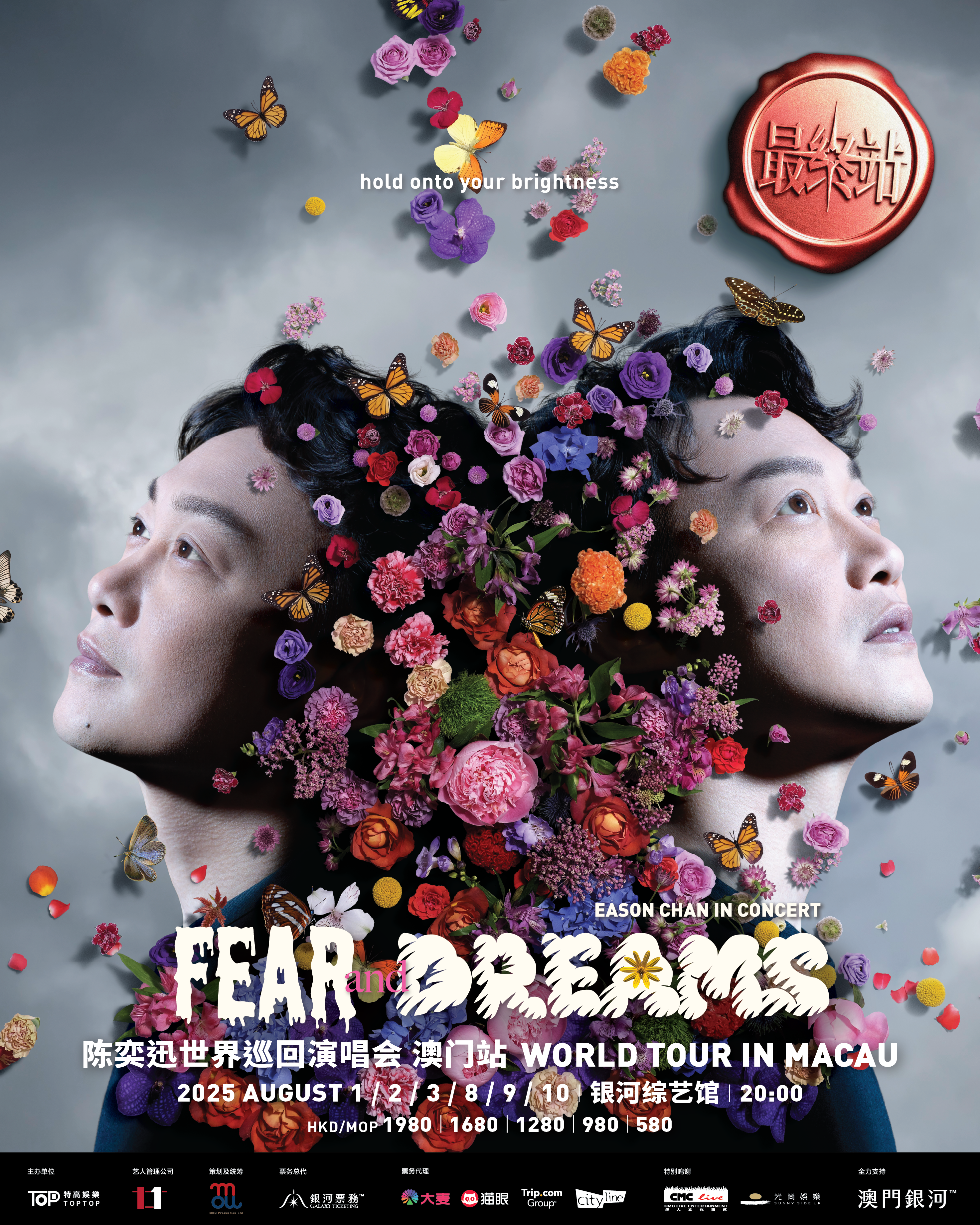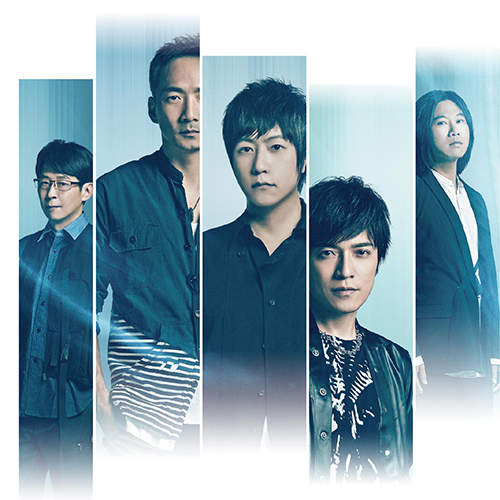Recent Searches
Popular Attractions
Sydney
Melbourne
Gold Coast
Phillip Island
Brisbane
Latest Events in Nara(August Updated)
Are you interested in Tropical Palm Tree Paint Night?
245 people have participated in this
poll
Yes
No




50%



50%
Type
Location
Event Status
Popularity
Start Time
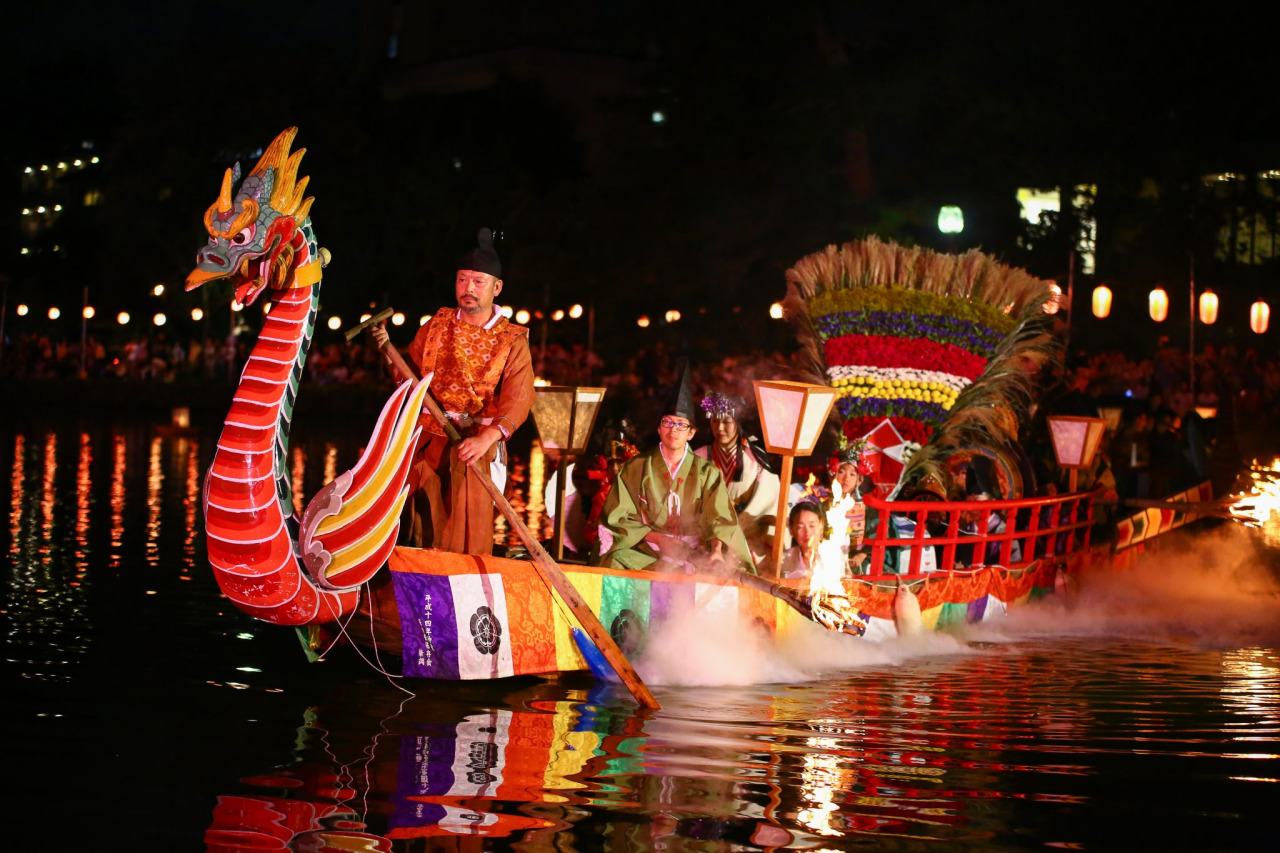
Uneme-matsuri Festival | Nara
Saijinjin Shrine is a branch of the World Heritage Kasuga Taisha Shrine, located on the shores of Sarusawa Pond.
According to the mid-Heian period ballad "Yamato Monogatari," the shrine was built to appease the spirit of a Nyuwa (a maiden serving the emperor) who committed suicide by drowning in the pond during the Nara period due to the emperor's fading favor. The Tsukiwa Festival is held every year on the full-moon night of Mid-Autumn Festival to appease Tsukiwa's spirit and pray for the people's well-being.
The annual festival begins with the "Flower Fan Offering Parade," where fan messengers dressed in traditional costumes parade through the city. After a ceremony at Umimo Shrine, the flower fans are transferred to a musical instrument boat. During the "Kangen Fan Ceremony," the flower fans are paraded around the pond to the accompaniment of gagaku music before being thrown back into the pond.
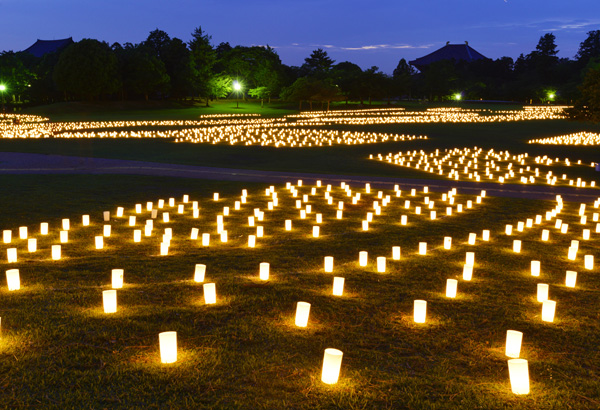
Nara Tokae Lantern Festival | Nara
1,300 years ago, Nara flourished as a capital city, and traces of ancient Japan remain in its vast natural environment. The soft light of candles is nostalgic and soothing, perfect for Nara. The Nara Lantern Festival candlelight event illuminates the prayers of people gathered in Nara, a World Heritage site where time slowly passes. The candlelight blends into the ancient city of Nara, touching people in various ways. For only 10 days in summer, candle flowers bloom amidst the vast greenery and history of Nara.

The 76th Annual Exhibition of Shoso-in Treasures | Nara National Museum
In Nara, Japan, there is a "treasure house" which is only open once a year in autumn - Shosoin. Shosoin was designated as a World Heritage Site in 1998 as part of the "Cultural Heritage of Ancient Nara". The collection here is as many as 9,000 pieces, spanning a thousand years of history. The Shosoin Exhibition has been held for the 76th time since its first exhibition in 1946. Every autumn, the Shosoin Exhibition adds a touch of autumn color to the ancient capital of Nara, and this year's Shosoin Exhibition will be held as scheduled.
The poster cover this time features a gold-glazed twelve-prism mirror. This is the only silver-tin alloy mirror in the collection of the Shosoin Repository. The decorative pattern is separated by gold threads, which is extremely gorgeous. It is also the oldest and most precious enamel product in existence in Japan. The Shosoin exhibition will display 57 pieces of treasures, 11 of which will be exhibited for the first time.
This year, different types of exhibits will also be on display, including furniture, clothing accessories, Buddhist instruments, ancient documents, etc., including a gorgeous brocade elbow pad "Purple ground phoenix shaped brocade imperial scepter" (North Warehouse 47), "Green glazed small ruler" (Central Warehouse 111), "Dark green glazed fish shape" (Central Warehouse 128) and other items used by Emperor Shomu, in order to fully present the charm of the Shosoin collection.

Nara Marathon | Nara

BKXperience Clinic (Japan) | Naragakuen University – Tomigaoka Campus
This BKXperience event is a one-day clinic held in Japan on Decmber 21st, 2024 for Brass, Guard, and Percussion. This event is open to anyone who wants to either audition for the 2025 Blue Knights, or just come for the experience! * *Drum Major Auditions will be held at our November camp located in Denver, CO ONLY** By registering for this event, you will receive our 2025 audition materials automatically. These will be located at the bottom of your confirmation page. F or more information on this event and all other BKXperience events, to learn more about the Blue Knights, and to check out our FAQs, please go to: https://bkxperience.org/ We can't wait to meet you!
Information Source: Blue Knights | eventbrite
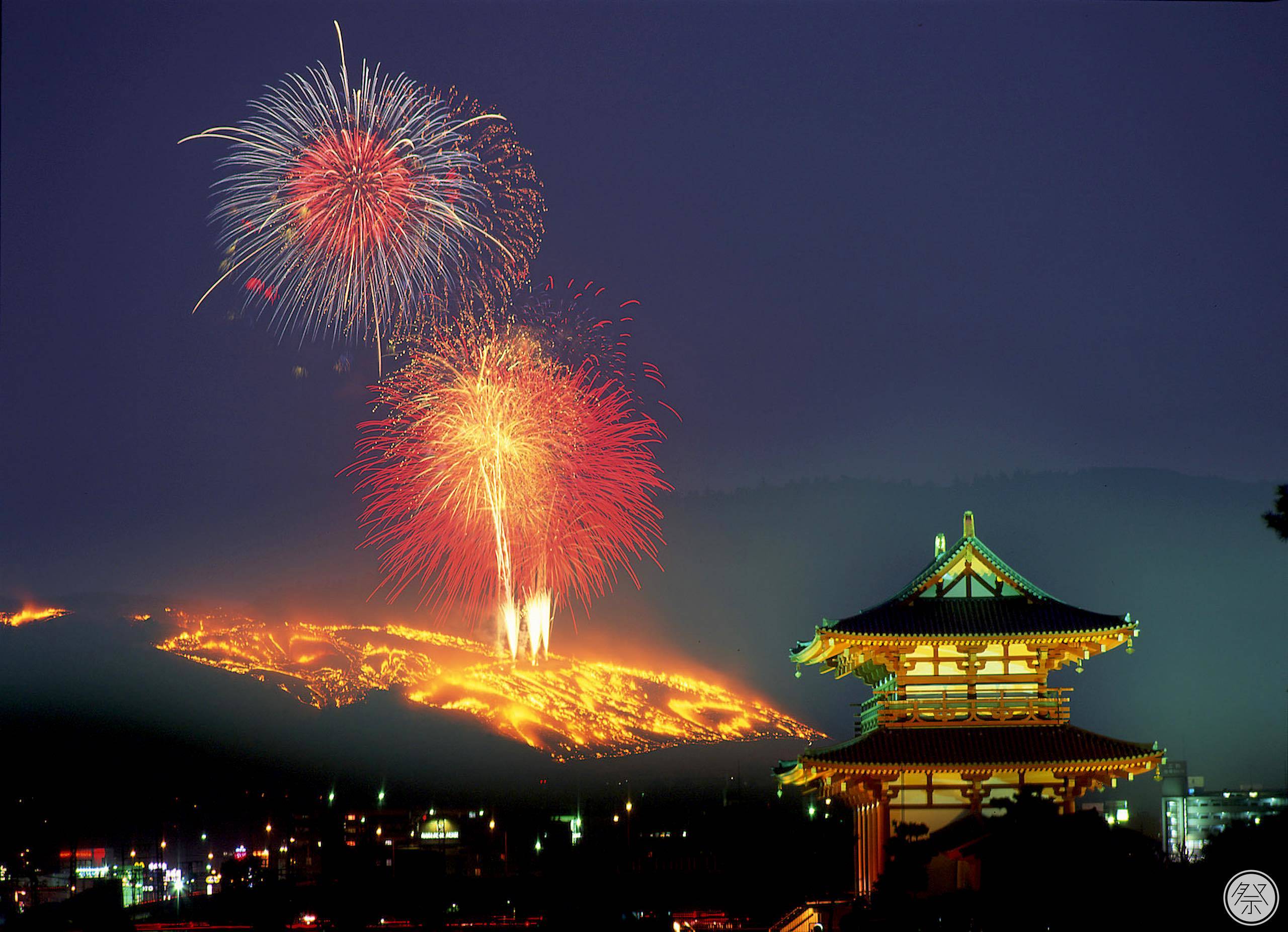
Wakakusa Yamayaki | Nara

WHITE JAM TOUR 2025「TATTOO」 | 奈良ネバーランド
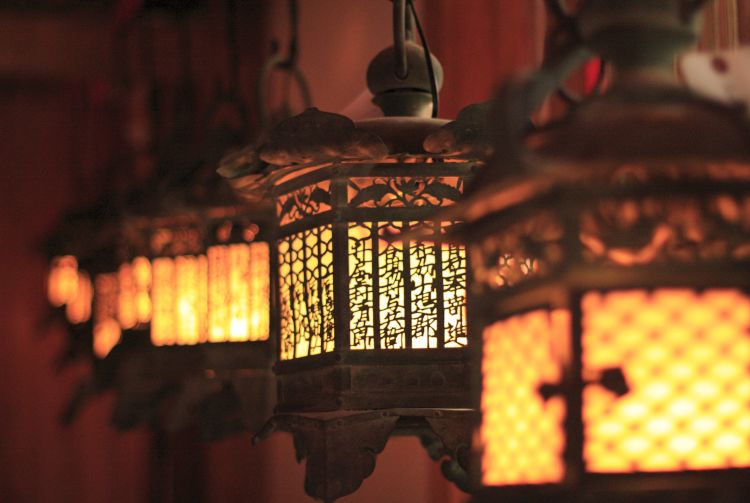
Setsubun Lantern Festival | Nara
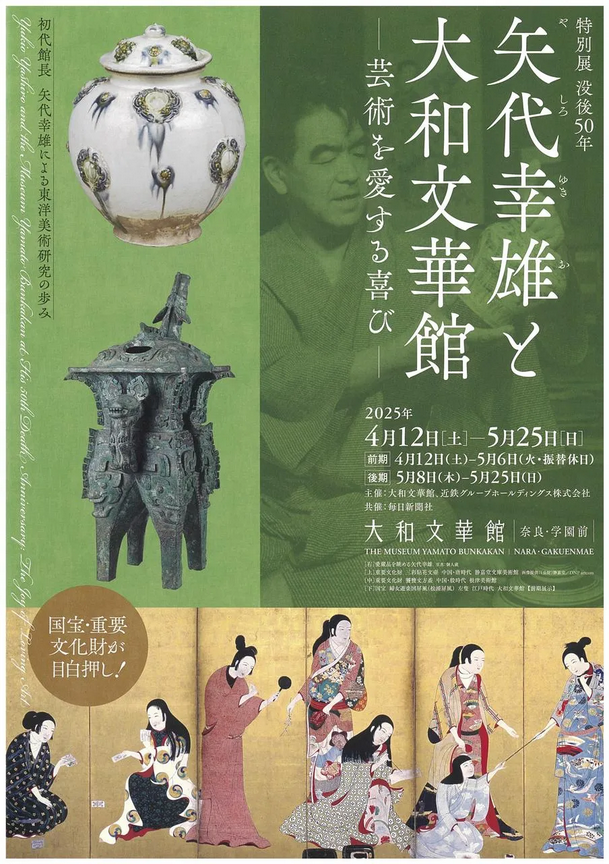
特別展没後50年矢代幸雄と大和文華館 ―芸術を愛する喜び― | The Museum Yamato Bunkakan
Takehiko Yamashiro (1908–1997) is an important figure in the study of modern and contemporary art history in Japan. He was the director of the art department of the Nara National Museum and a professor at Ryukoku University. He is also known for his profound research on Chinese art. This exhibition systematically reviews his academic career and private collection from the two dimensions of "collection" and "research", showing his love and unique vision for East Asian art.
The exhibits include Chinese calligraphy and painting, ceramics, and ancient Japanese art, all of which are important objects that Yamashiro has collected or studied for many years, and some of the works are open to the public for the first time. The exhibition will also present precious documents such as his academic manuscripts, investigation notes, and lecture manuscripts, exploring the paths of "how to watch" and "how to study" from the perspective of scholars.
In the Nara area, which is densely populated with cultural heritage such as Todaiji Temple, Kasuga Taisha Shrine, and Toshodaiji Temple, Yamato Bunkakan has always played the role of a cultural bridge. This exhibition is a beautiful practice that connects academic research and visual aesthetics, and it is worth savoring for audiences who love Chinese art and Japanese cultural history.
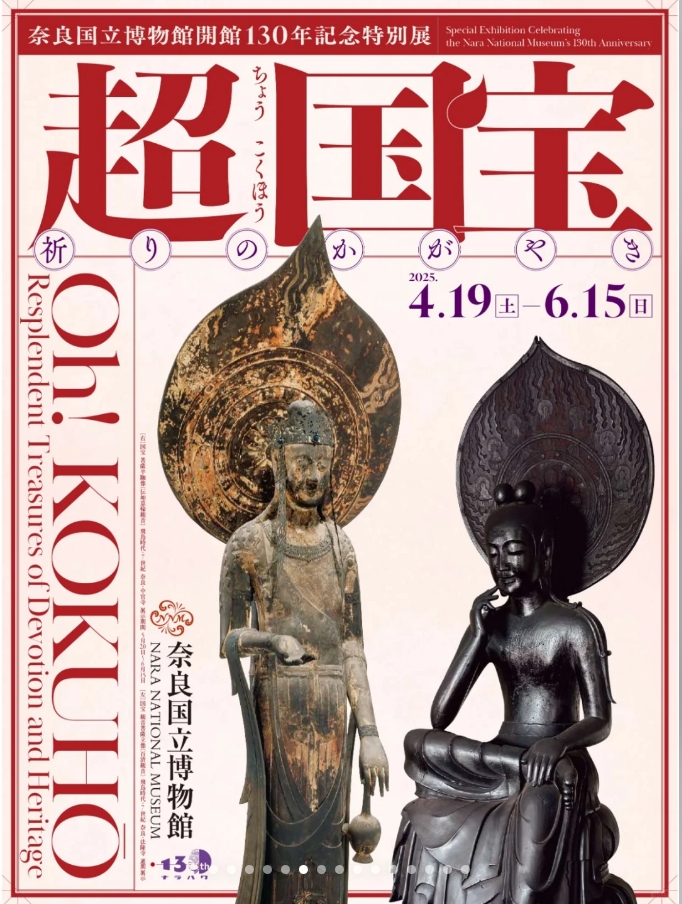
Oh! KOKUHŌ Resplendent Treasures of Devotion and Heritage | Nara National Museum
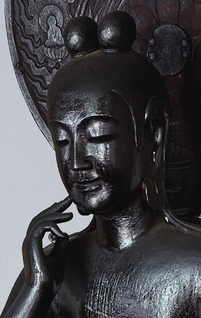
Super National Treasure Light of Faith Exhibition | Nara National Museum
The Nara National Museum has a special exhibition for its 130th anniversary, "Super National Treasures - The Light of Faith!" There are about 110 national treasures and about 20 important cultural properties on display, totaling about 140 Buddhist and Shinto art works. Highlight exhibits include the "Standing Statue of Avalokitesvara" (Baekje Avalokitesvara) in Nara's Horyu-ji Temple and
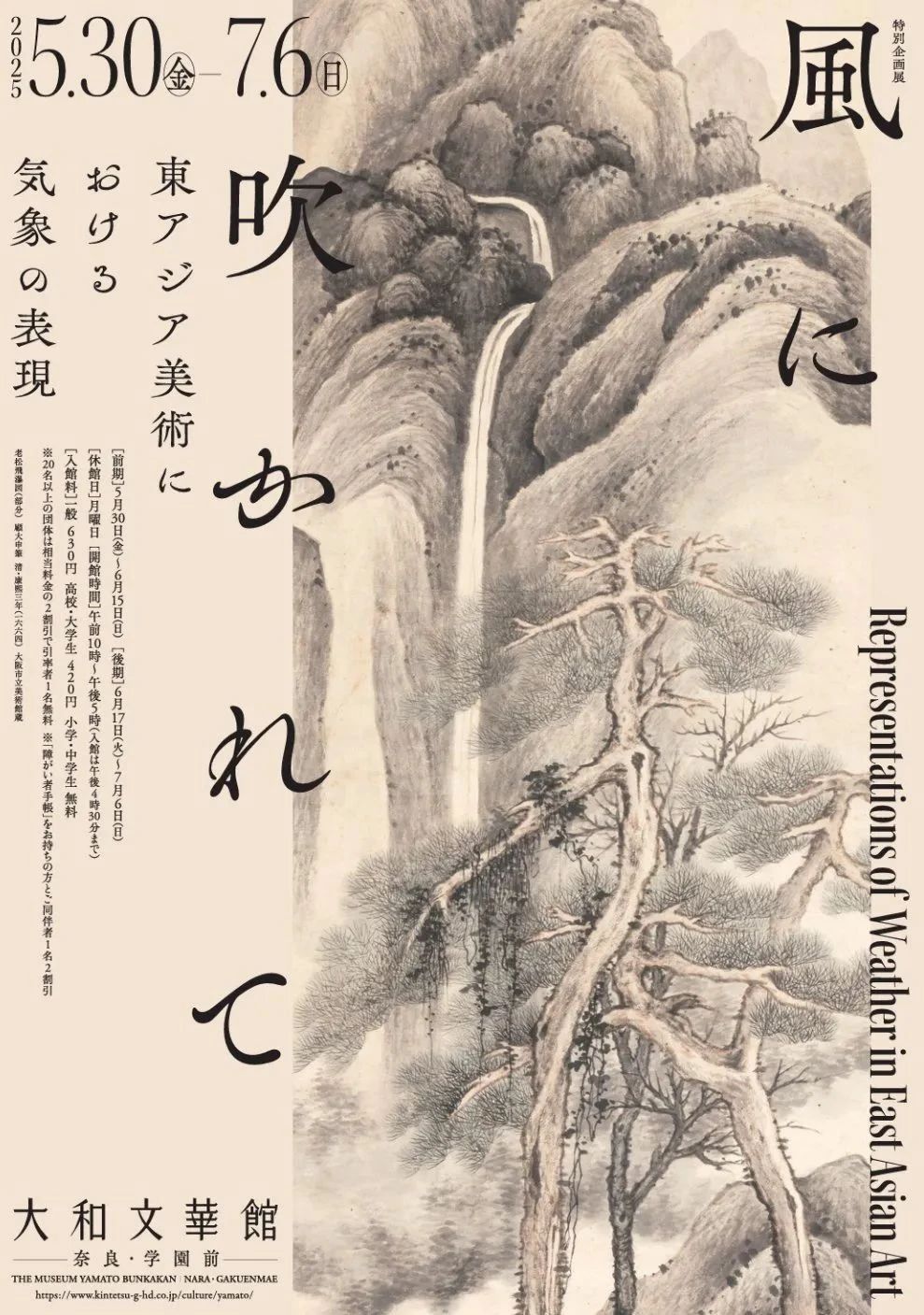
Blowing in the Wind: Representations of Weather in East Asian Art | The Museum Yamato Bunkakan
Throughout history, in the field of art, especially painting, various attempts have been made to express changes in the weather in nature. In the East, the effects of brushes and ink, which were invented in China, were used to beautifully express natural phenomena such as changes in light and atmosphere, wind, rain, and clouds. Literati entrusted the ideal of seclusion to landscape paintings depicting deep mountains and valleys with vast, flowing clouds. In the 11th century, paintings such as the "Mie-ho Landscape Paintings" technique, which depicts clouds floating thickly at the foot of the mountains, and the "Eight Views of Xiaoxiang," which focuses on depicting landscapes that change from moment to moment depending on the weather and time of day, were born and became a theme that is widely loved in East Asia. Furthermore, various works were created that organically interact with motifs, such as those that depict scenes from famous Chinese poems and anecdotes, and those that symbolize the ideal form of humans by depicting plants that stand bravely against the wind and frost. Through paintings from China, the Korean peninsula, and Japan, this exhibition explores how the ever-changing weather has been expressed in East Asia.

Go Shun - Studying Pictures and Playing With Art | The Museum Yamato Bunkakan
Goharu (1752-1811) was an artist active in the Edo period. He changed his name to "Goharu" to welcome the spring, and was known as "Tsuki" in casual occasions. While learning painting and haiku from Yosa Buson (1716-1783), Goharu discussed painting techniques with Maruyama Oki (1733-1795), who was known for his innovation in Edo painting. His painting style was widely spread in the Shijo school and had a great influence on the modern Kyoto painting world.
This exhibition will review Goharu's painting career through large-scale works such as temple ao-e, and observe the changes in his painting style that gradually refined as he pursued his ideals. In addition, the exhibition will also show his involvement in art fields such as haiku and Noh. Goharu's relaxed interpersonal relationships and exchanges with different people seem to have played an important role in the changes in his painting style.
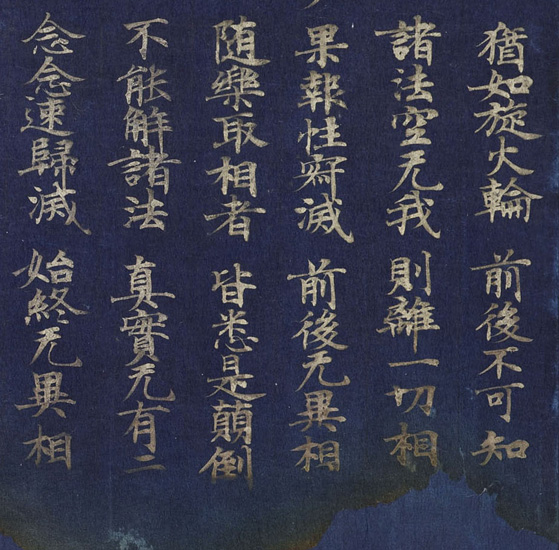
Otori water ― Todaiji Temple Dharma Key ― | Nara National Museum
"Water Drawing (Shunikai)" is a traditional event held at Nigatsudo Hall in Todaiji Temple. Since 1997, this exhibition has been held during the event to coincide with the launch of this event, and has been well received by the audience. The exhibition displays exhibits in the fields of sculptures, paintings, ink paintings, crafts, archaeological relics, etc. related to the "Water Drawing" activity. The practices and rituals implemented in the traditional activity "Water Drawing" have gradually formed over a long period of history and are complex and profound. It is intertwined with the history of various religions and cultures, such as the elements of the combination of Shinto and Buddhism. The specific operation process of the traditional activity "Water Drawing" is usually not open to the public, which adds to its mystery. I hope that through this exhibition, you can understand the background of this activity and deepen your understanding of the "Water Drawing" ceremony and feel its infinite charm.
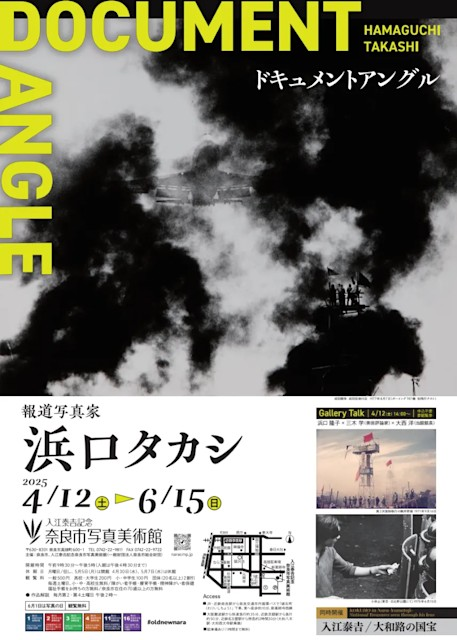
Photojournalist Takashi Hamaguchi's solo exhibition "Documentary Perspective" | Irie Taikichi Memorial Museum of Photography Nara City
Hamaguchi Tarishi (1931-2018) was a news photographer who documented postwar Japanese society. In the turbulent era of the Showa era, he recorded people's lives, social changes, and historical turning points with a keen perspective. His works examine social injustice and contradictions from the perspective of citizens. This exhibition will introduce the historical moments he captured. The photos recording the stone-throwing incident during the Crown Prince's wedding procession reflect the social unrest hidden behind the festive atmosphere. The struggle surrounding the construction of Narita Airport revealed the fierce conflict between national policies and personal lives. In addition, at the scene of the student movement, the enthusiasm of young people under the call for social change and the oncoming power struggle were also engraved by the camera. Hamaguchi's works convey the figures of those who live in the torrent of the times. I hope that through these photos, you can feel the thoughts of people at that moment and take this opportunity to think about the social direction that has continued from the past to the present.


